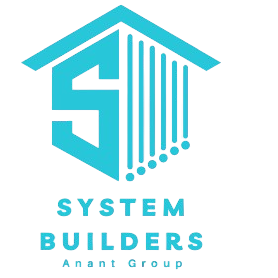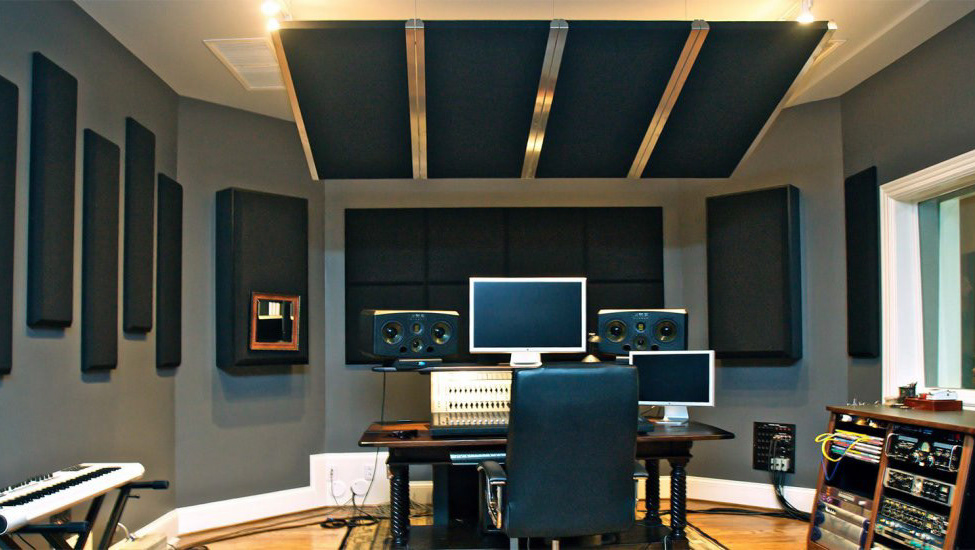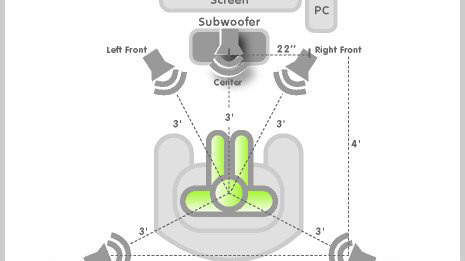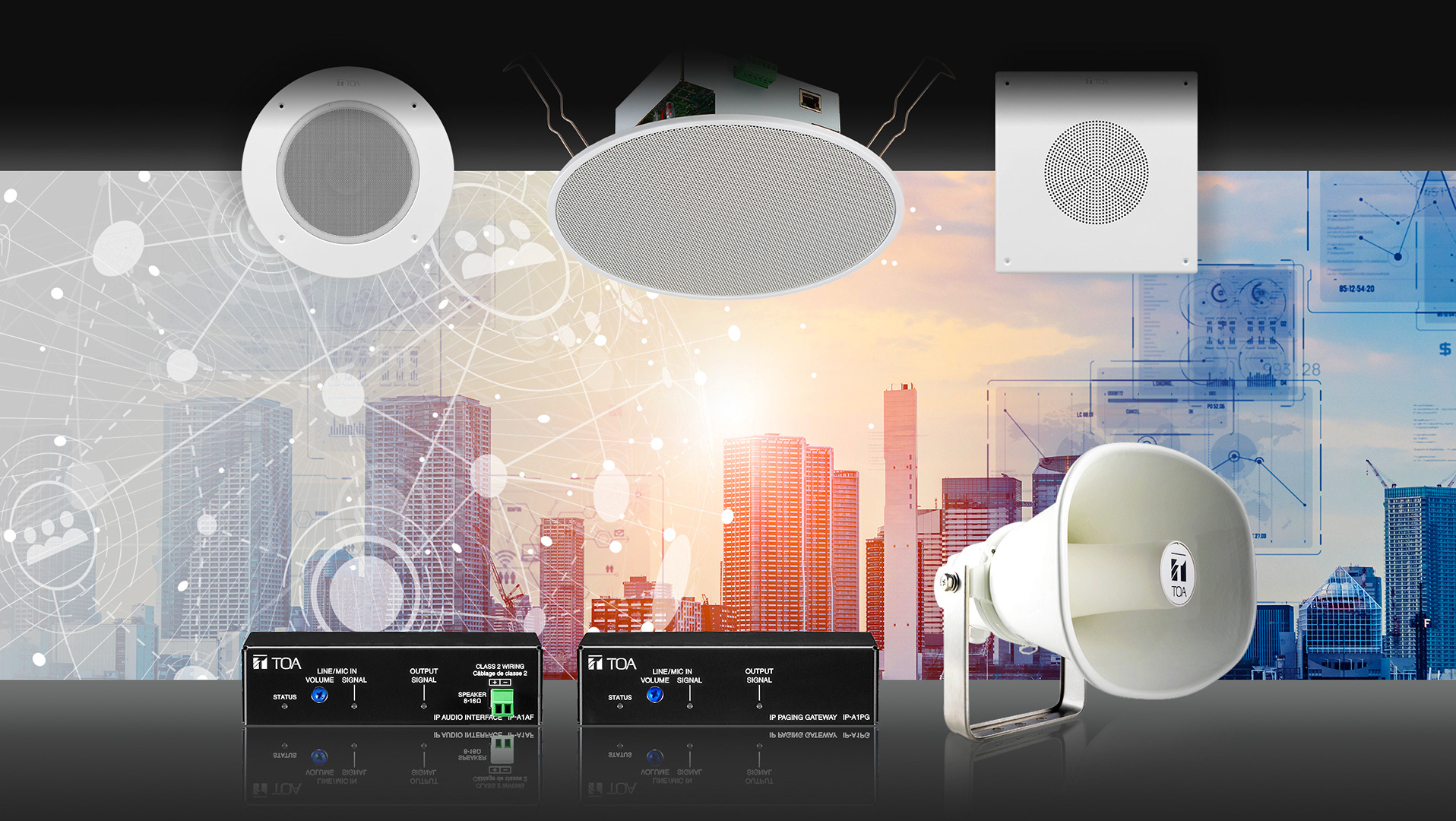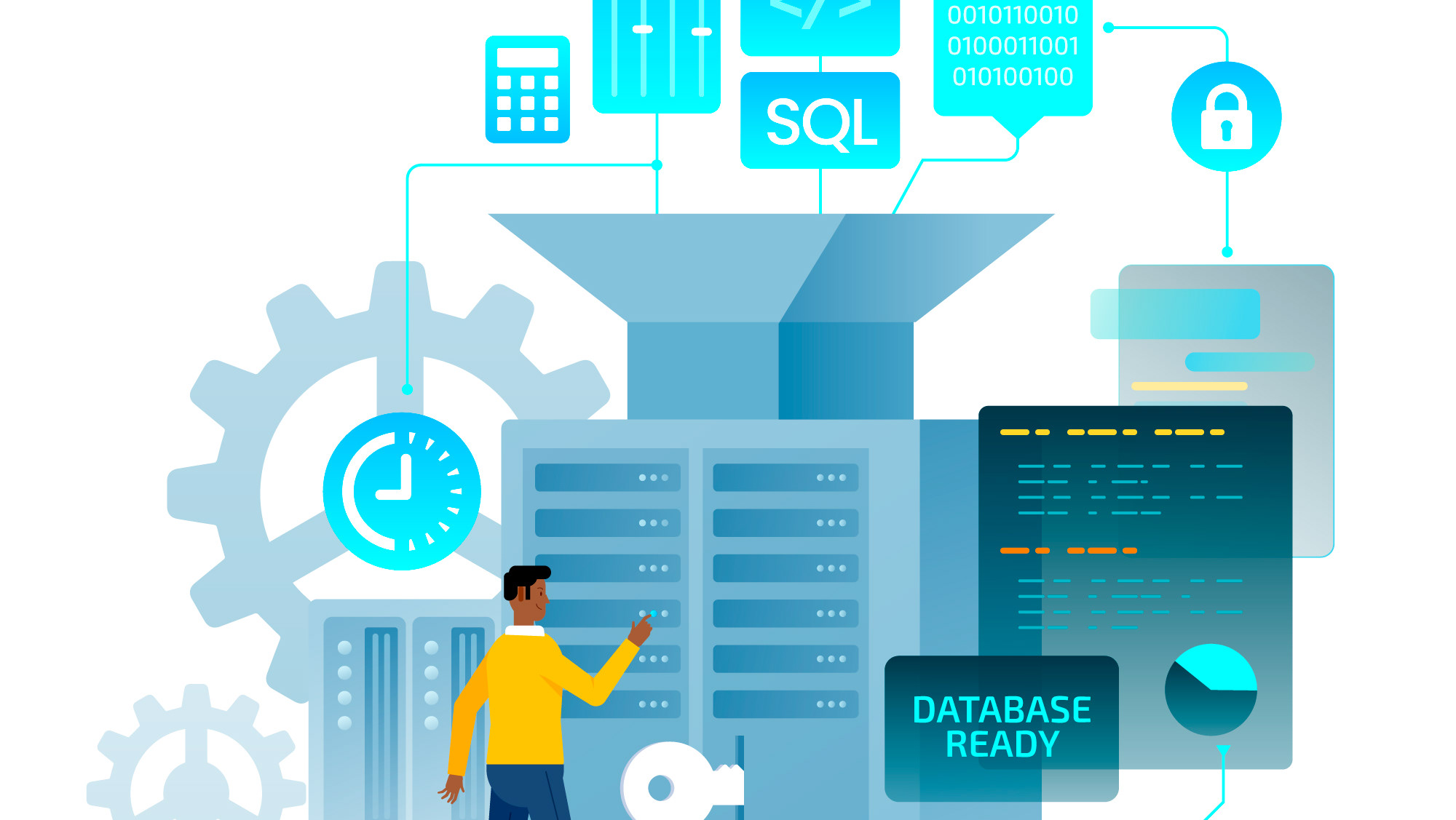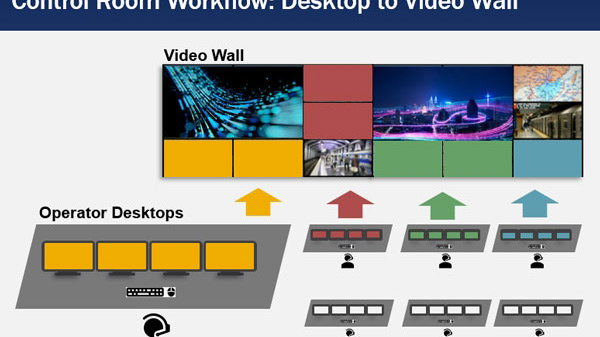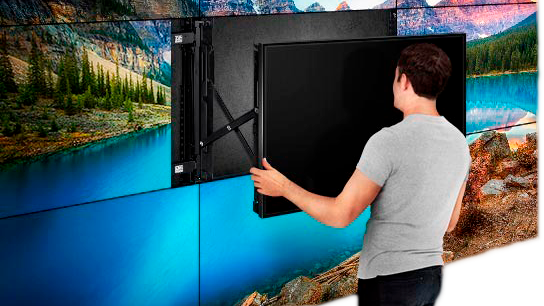Providing training sessions for end-users on operating and maintaining a sound system and video wall effectively is essential for ensuring optimal performance and minimizing operational issues. Here’s a brief outline of what these training sessions should cover:
Basic Operation: Start with an overview of the sound system and video wall components. Explain how to power on/off the equipment, select audio sources, adjust volume levels, switch video inputs, and control display configurations. Demonstrate the use of control interfaces such as touch panels or mobile apps.
System Layout and Configuration: Provide an understanding of the physical layout of the equipment and how different components interact. Explain the configuration of audio zones, speaker placements, screen resolutions, and video wall layouts. Ensure users understand how to adapt these configurations to different room setups or event requirements.
Troubleshooting Tips: Teach troubleshooting techniques to diagnose common issues such as audio feedback, video signal loss, or control system errors. Provide step-by-step instructions for checking connections, restarting equipment, and identifying potential causes of technical problems. Emphasize the importance of reporting issues promptly to technical support.
Best Practices for Maintenance: Guide users on routine maintenance tasks to keep the sound system and video wall in optimal condition. Cover topics such as cleaning equipment surfaces, checking cable connections, and performing basic system tests. Explain the significance of preventive maintenance in preventing downtime and extending the lifespan of the equipment.
Operating Procedures for Events: Discuss specific operating procedures for different types of events or presentations. This may include setting up microphones for speeches, configuring audio settings for live performances, or managing video playback for multimedia presentations. Provide practical tips for adapting system settings to suit the acoustics and visual requirements of various venues.
Remote Control and Automation: If applicable, demonstrate how to use remote control capabilities or automated presets to streamline operations. Show users how to schedule automated tasks, adjust settings remotely via mobile apps, and integrate the system with other AV equipment or room control systems.
Safety and Usage Guidelines: Review safety guidelines related to handling equipment, avoiding electrical hazards, and protecting sensitive components from physical damage. Ensure users understand proper usage practices to prevent accidents and maintain a safe working environment.
Q&A and Hands-on Practice: Allocate time for questions and answers to address specific user concerns or scenarios. Provide hands-on practice opportunities where users can interact with the equipment under supervision, reinforcing learning outcomes through practical application.
By offering comprehensive training sessions that cover these key areas, you empower end-users to operate and maintain the sound system and video wall confidently. This not only enhances their overall user experience but also contributes to the reliability and longevity of the AV infrastructure.
